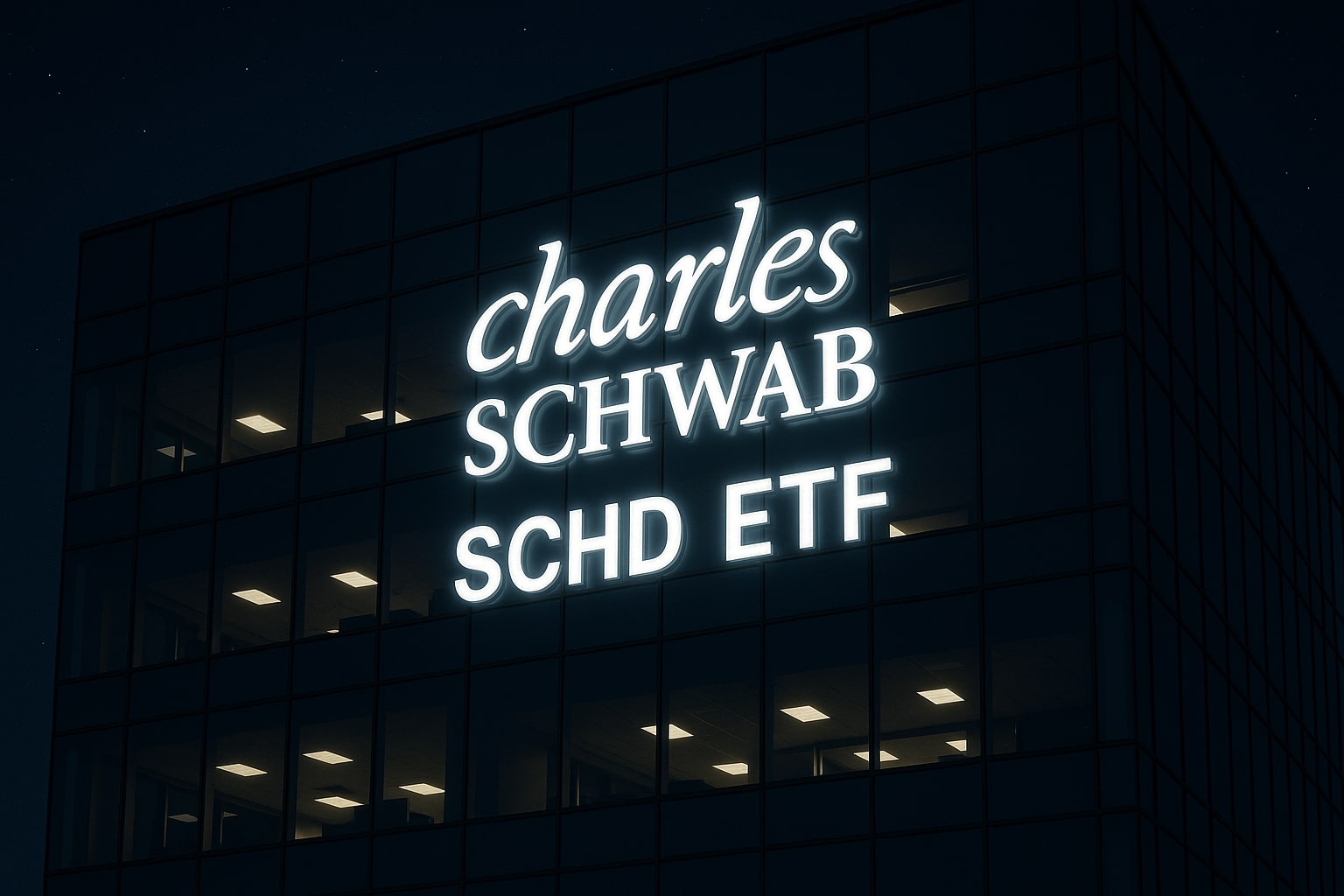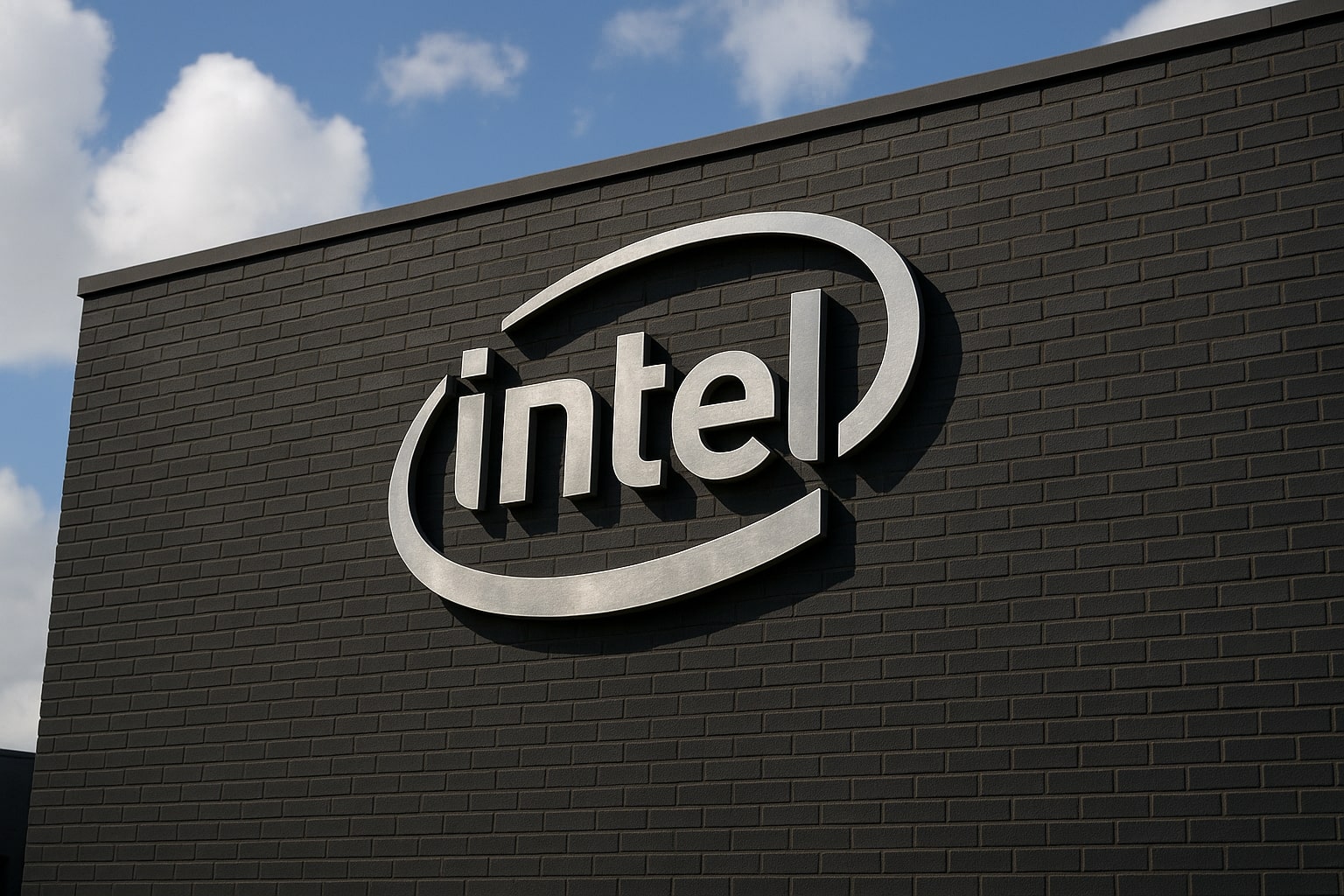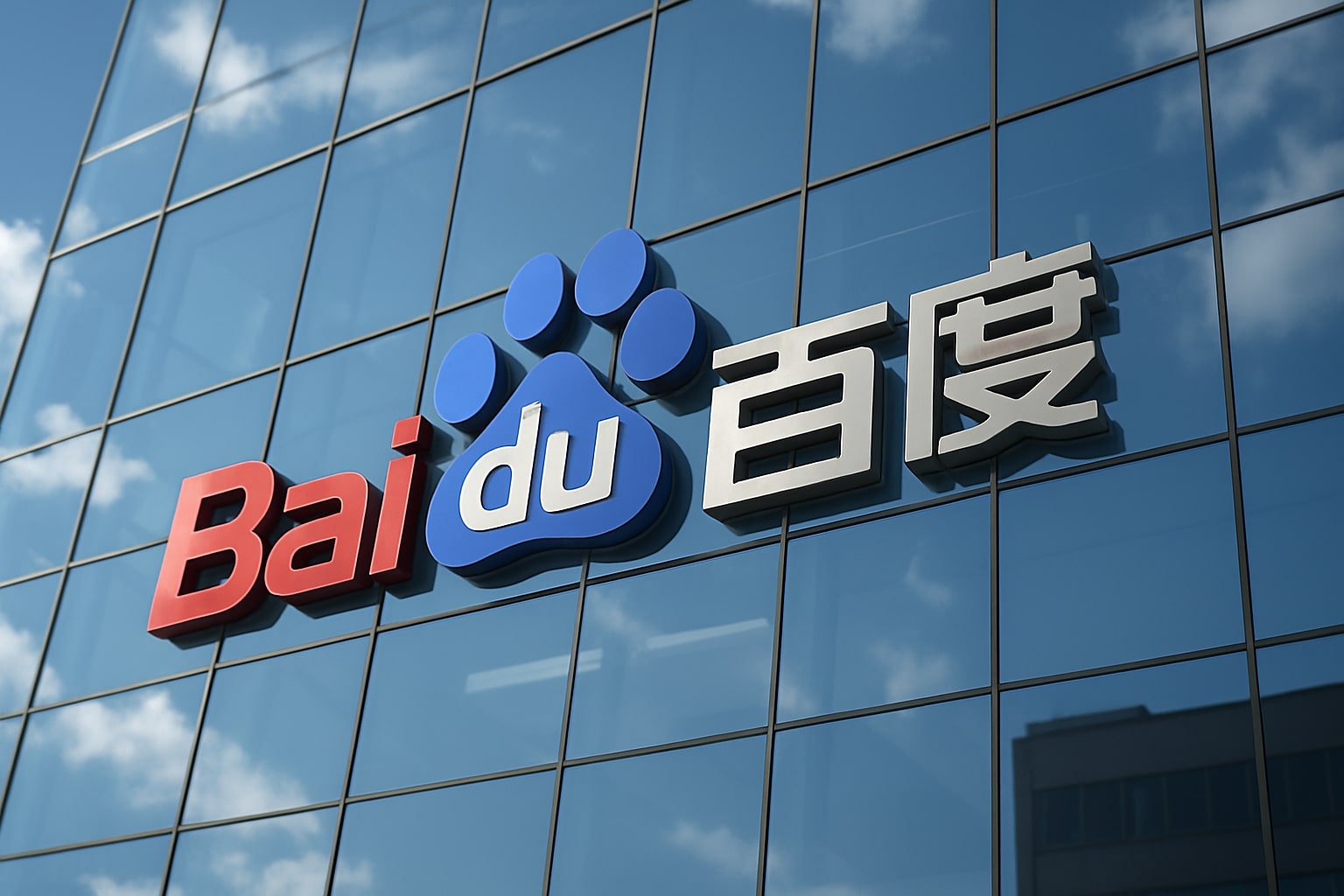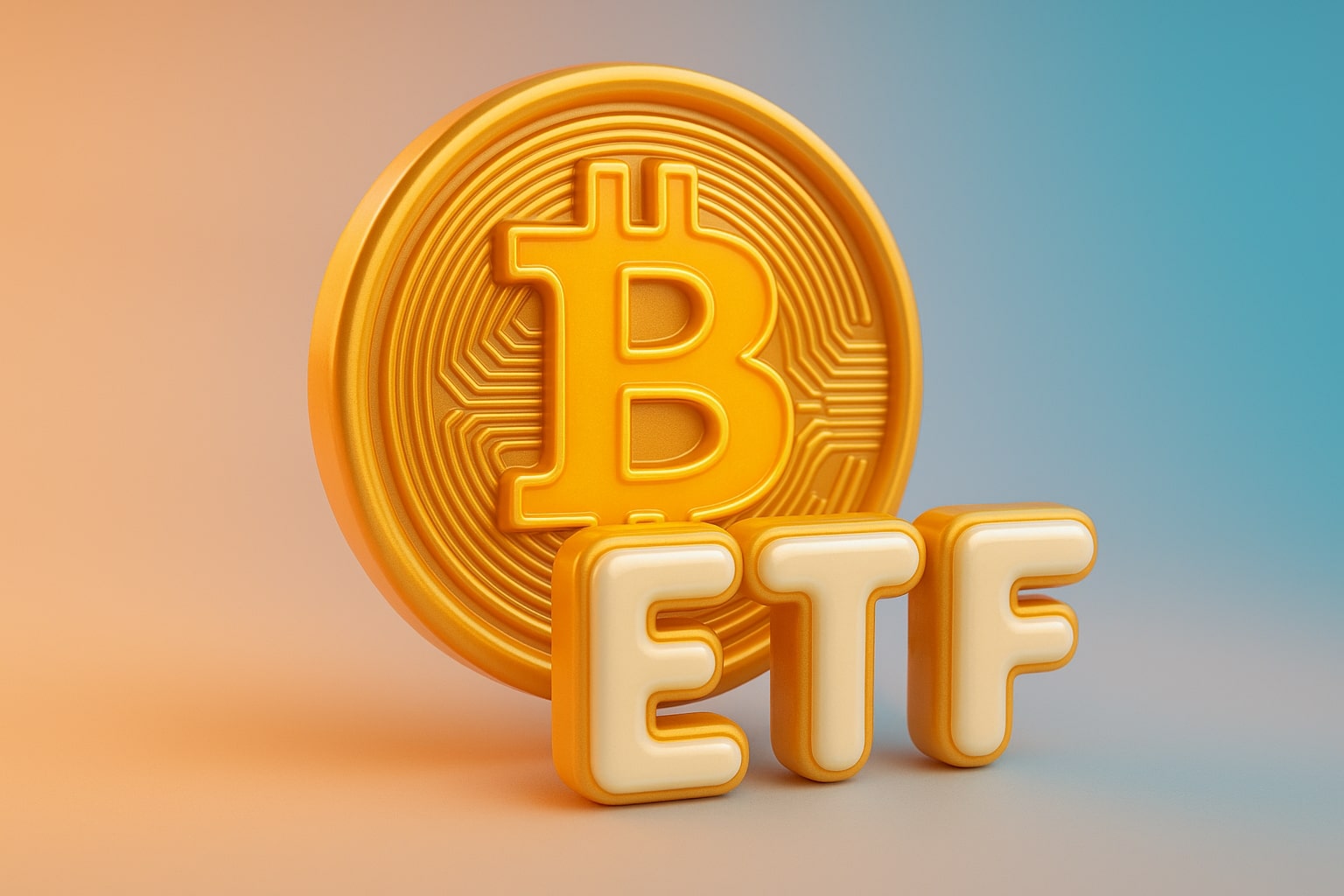
Exxon Mobil (NYSE:XOM) Stock Climbs Above $109 on Strong Q2 Beat, Permian Technologies and Guyana Growth
NYSE:XOM’s upstream cash flow jumps to $11.5 B, cost reductions total $12.7 B since 2019 and strategic M&A focus positions shares for mid-teens total returns | That's TradingNEWS
Operational Performance and Production Momentum for NYSE:XOM
Exxon Mobil escalated first-half output to 4.45 MM boe/d, up 13 percent from 3.94 MM boe/d in H1 2024, by ramping Guyana’s Stabroek block and intensifying Permian operations. The Liza Unity, Liza Destiny and Prosperity FPSOs now each deliver approximately 184 kboe/d at lifting costs under $6/bbl, pushing combined offshore volumes to 552 kboe/d versus 480 kboe/d a year ago. In July the fourth vessel—Rising Star—came online with nameplate capacity of 220 kboe/d, expected to lift Stabroek’s total to 760 kboe/d by year-end. On-shore in the Permian, recovery rates have climbed to 20 percent of OOIP through extended laterals averaging 12,500 ft and 4,200 lbs of lightweight proppant per stage, compared to an industry average near 7 percent, underpinning Exxon’s target to grow Permian output from 1.85 MM boe/d today to over 2.2 MM boe/d by 2030. This production resilience countered a 5 percent drop in global oil pricing in Q2, cushioning realized downstream margins.
Financial Strength and Cash-Flow Allocation
Second-quarter revenue of $81.5 billion translated into $11.5 billion of operating cash flow and $7.1 billion of net earnings, despite average realizations of $62.58 per barrel of WTI (down 12 percent Q/Q) and $2.41/MMBtu at Henry Hub (off 29 percent Q/Q). Capital expenditures of $6.3 billion maintained the $27–29 billion annual guide, funding high-return upstream and Midstream projects. Free cash flow of $5.4 billion funded a $4.3 billion dividend (3.8 percent yield on current share price) and $5.0 billion of share repurchases—equivalent to 88 percent of the $5.7 billion buyback cadence in H1—while leaving the net debt position at $56 billion against $64.5 billion gross. Operating cash–flow yield remains robust at 14 percent of current market capitalization. With liquidity reserves covering 1.4 years of CapEx, Exxon’s balance sheet flexibility supports its pledge to grow earnings by $20 billion and cash flow by $30 billion by 2030 without reliance on major acquisitions.
High-Value Projects and Future Growth Drivers
Exxon’s mid-cycle strategy centers on advantaged assets that deliver low breakevens and rapid paybacks. In Guyana, the drilling cost per well has fallen from $125 million in 2018 to $95 million today, cutting cycle times from 9 to 6 months. Permian initiatives—such as the Maverick pad project with a 40 percent reduction in well spacing and integrated real-time fiber-optic surveillance—have driven per-well recoveries to an average of 1.2 MM boe, compared to 0.8 MM boe industrywide. The company has realized $18 billion in structural cost savings since 2019, funneling those gains into next-gen capacity: eight ethane crackers in the U.S. Gulf Coast, each processing 1.2 billion lb/year of feedstock, and a planned co-processing unit at its Baytown refinery to boost throughput by 50 kbd. Management’s “one-plus-one-equals-three” M&A framework emphasizes bolt-on acquisitions such as the $8 billion Pioneer Natural Resources merger—driving $3 billion of annual synergies—while maintaining a hurdle IRR north of 15 percent for any new deal.
Valuation Context and Insider Conviction
At approximately 7× forward earnings and 5.5× EV/EBITDA, Exxon trades at a 30–35 percent discount to integrated peers Chevron and BP. Book value per share stands at $68.20 versus a market price near $107, placing tangible assets in play. A consensus 12-month target of $124 implies ~16 percent upside, predicated on sustaining mid-cycle oil prices and continued downstream margin resilience. Insider transactions reveal recent purchases of over $2 million by senior directors—details available on Exxon’s insider transactions page—underscoring confidence in management’s plan to expand Guyana to 1.7 MM bbl/d, double Permian recoveries, and return 30 percent of cash flow to shareholders. Even if WTI slips to $55/bbl, Exxon’s breakeven in Guyana and the Permian remains sub-$30, anchoring valuation support and paving the way for sustained dividend growth and capital returns.
That's TradingNEWS
Read More
-
SCHD ETF Price at $27: Can SCHD’s 4% Yield and 9.15% Dividend Growth Beat High-Yield Covered Call ETFs?
15.12.2025 · TradingNEWS ArchiveStocks
-
XRP ETFs Close on $1B Inflows as XRPI at $10.92 and XRPR at $15.52 Hit 52-Week Lows
15.12.2025 · TradingNEWS ArchiveCrypto
-
Natural Gas Price Forecast: NG=F Holds the $4 Floor as Oversupply Clashes with 2026 LNG Demand
15.12.2025 · TradingNEWS ArchiveCommodities
-
USD/JPY Price Forecast - Dollar to Yen At 155: Yen Strength Builds As BoJ Hike And NFP Collide
15.12.2025 · TradingNEWS ArchiveForex


















